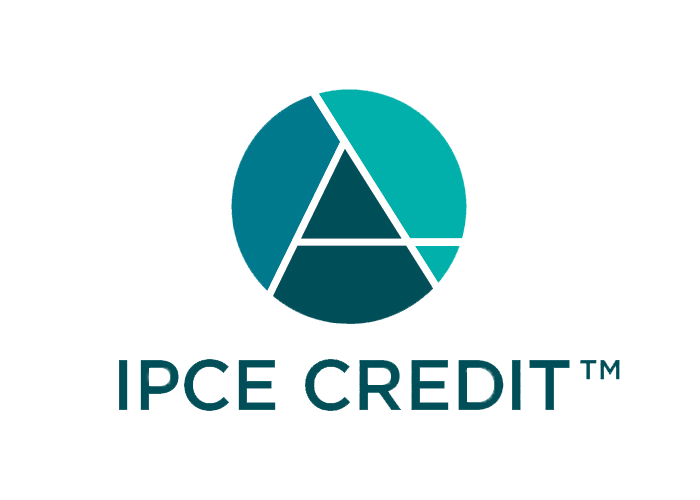Objectives
After participating in this educational activity, attendees should be able to:
1|Describe the goals of treatment for the use of botulinum toxin to treat focal spasticity.
2|Explain the mechanism of action of botulinum toxin in reducing spasticity.
3|Presentation with bibliography
4|Define Spasticity and recognize it’s cause and impact.
5|Identify treatment options for spasticity
6|Assess patient and determine appropriate treatment plan for their spasticity
Faculty
Nicholas T. Spellman, M.D.
Attending Physiatrist and Director of Physical Medicine and Rehabilitation Education
Interim Medical Director, Electromyography Laboratory
Associate Professor, Department of Neurology
University of Massachusetts Chan Medical School – Baystate
Barry Rodstein, MD, MPH
Chief, Division of Physical Medicine & Rehabilitation
Medical Director, Informatics
Baystate Health
Associate Professor
Department of Neurology at UMMS-Baystate
Faculty Disclosure
The design and content of Baystate Continuing Interprofessional Education (CE) activities support quality improvement in healthcare and provide fair and balanced views of therapeutic options. Any relevant financial relationships are mitigated prior to the educational activity.
None of the planners or faculty for this educational activity have relevant financial relationship(s) to disclose with ineligible companies whose primary business is producing, marketing, selling, re-selling, or distributing healthcare products used by or on patients.

Accreditation Statement
In support of improving patient care, Baystate Health is jointly accredited by the Accreditation Council for Continuing Medical Education (ACCME), the Accreditation Council for Pharmacy Education (ACPE), and American Nurses Credentialing Center (ANCC), to provide continuing education for the healthcare team.
Physicians
Baystate Continuing Interprofessional Education designates this live activity for a maximum of 1.0 AMA PRA Category 1 Credit(s)TM. Physicians should only claim the credit commensurate with the extent of their participation in the activity.
Nurses
Baystate Continuing Interprofessional Education designates this live activity for a maximum of 1.0 contact hour(s). Nurses should only claim the credit commensurate with the extent of their participation in the activity.

This activity was planned by and for the healthcare team and learners will receive 1.0 Interprofessional Continuing Education (IPCE) credit for learning and change.
- 1.00 AMA PRA Category 1 Credit™
- 1.00 ANCC Contact Hours
- 1.00 IPCE Credit Hour(s)
 Facebook
Facebook X
X LinkedIn
LinkedIn Forward
Forward